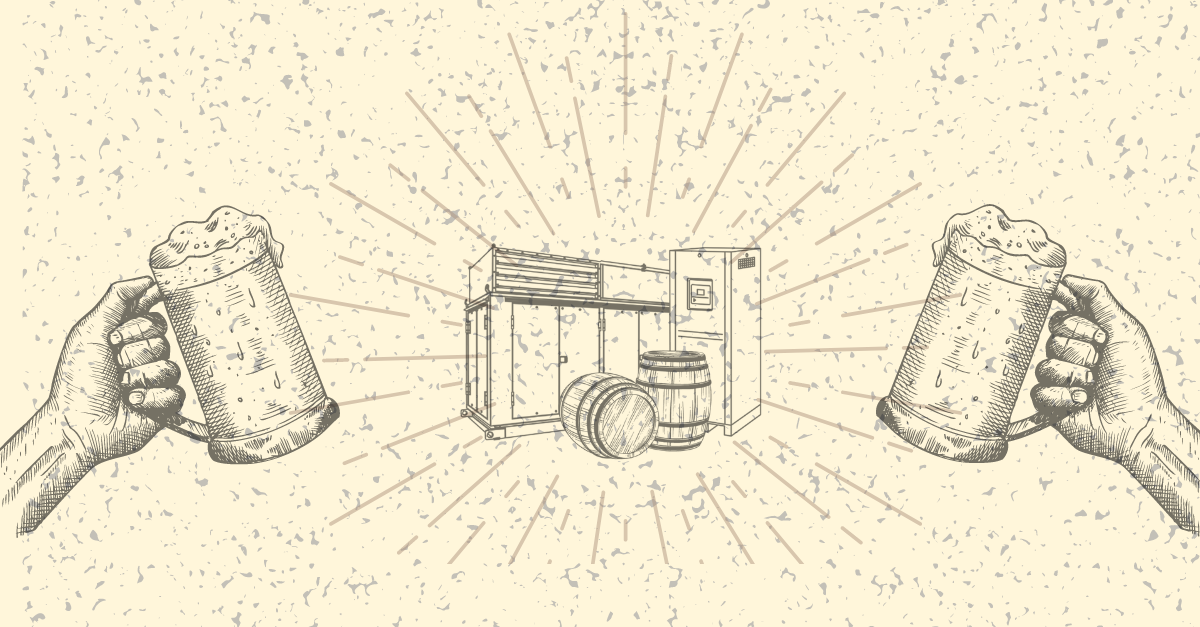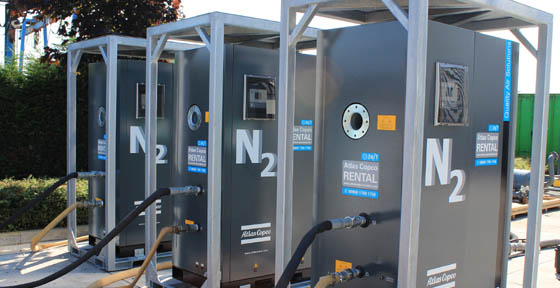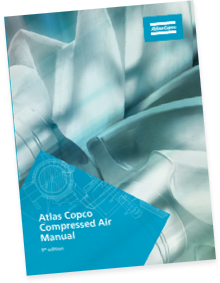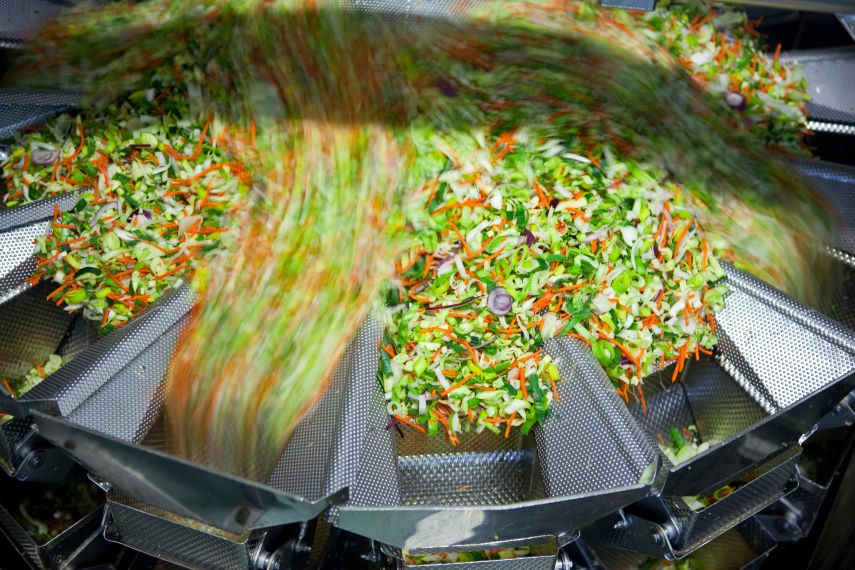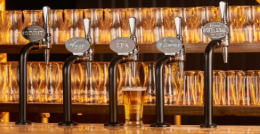With the grape harvest season gearing up in warmer climates, now is a great time for winemakers to weigh the benefits of onsite nitrogen gas generation against delivery of liquid nitrogen.
How is nitrogen used in winemaking?
While the very best wineries still use some traditional practices in the making of wine, such as harvesting grapes by hand, modern wineries often combine these traditional practices with modern manufacturing techniques. Because of its inert, colorless and odorless characteristics, nitrogen is used to prevent oxidation, which can alter the acidity, color, aroma and natural flavor of the wine.
Nitrogen is also used in the bottling process. Bottles are washed and dried with nitrogen before filling, and after filling and before corking the bottle is purged with nitrogen to eliminate the presence of residual air in the neck of the bottle.
Onsite Nitrogen Generation Reduces Costs
Winemakers (and other industrial manufacturers who require nitrogen for a variety of applications) can reduce nitrogen costs by 40-80% by switching to onsite generation, depending on current liquid nitrogen market prices. Bulk costs for delivered liquid nitrogen can range from $0.35 per hundred cubic feet to $1.50 per hundred cubic feet. And, when delivered in cylinders, the price can jump as high as $3 per hundred cubic feet.
Even with the capital costs associated with onsite nitrogen generation (for equipment such as nitrogen generators, air compressors, receivers, site preparation, power and associated maintenance), customers can realize a return on investment in as few as nine to 24 months depending on what equipment they already have at their facility. In each subsequent year, regular operational expenses can drop even further to about $0.11 per hundred cubic feet—just maintenance and energy costs.
Onsite nitrogen gas generators used to be economically viable only in very large applications. Through continual research and development, today's high efficiency products ensure that generators are economically viable for even the smallest applications.
Increase Employee Safety and Reduce Environmental Impact
Remember the high school science classes where a teacher donned rubber gloves and dipped a delicate rose into liquid nitrogen before shattering the immediately frozen petals on a table top? With onsite nitrogen generation, the potential for exposure to the -320 degree Fahrenheit liquid nitrogen during the delivery and unloading process is automatically eliminated.
Additionally, onsite nitrogen generation helps reduce energy use and lower a facility’s carbon footprint. Consider the absence of diesel fuel and associated carbon emissions from truck delivery of liquid nitrogen and these benefits compound.
When considering all of the benefits of onsite nitrogen generation—greater efficiencies, quick return on investment, lower costs, safer work environment and environmental stewardship—the choice seems clear. Learn more about onsite nitrogen generation by visiting Atlas Copco’s onsite industrial gases microsite.
